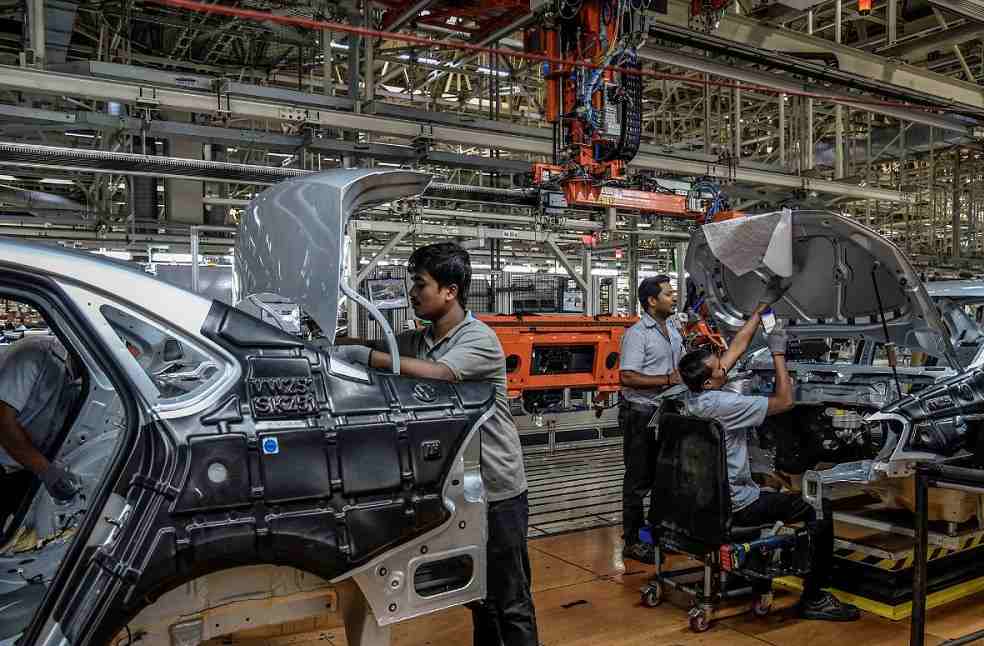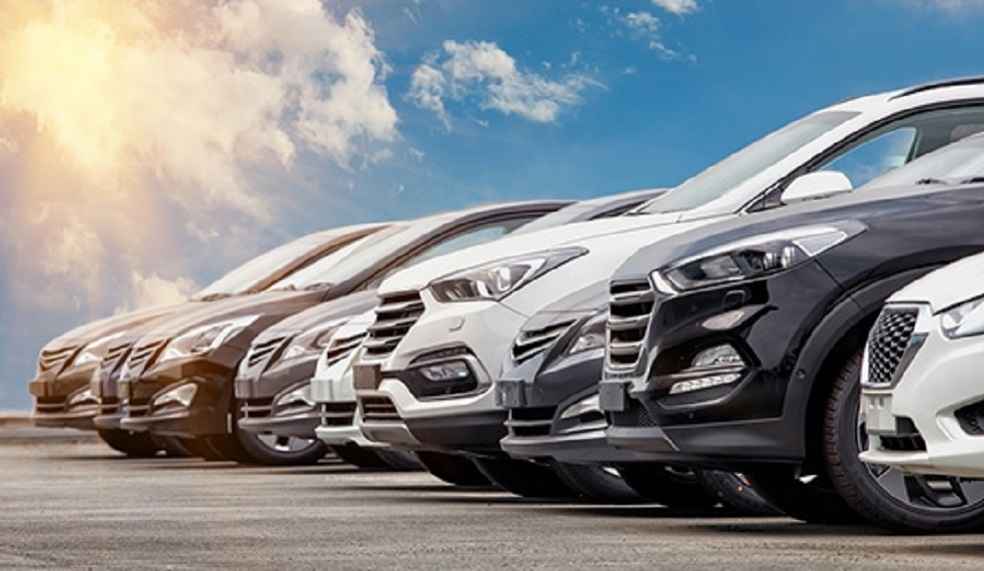India has firmly established itself as the top source of vehicle imports for South Africa since 2013, according to the Automotive Business Council’s BRICS+ Research Report 2024. This shift reflects India’s emergence as a global hub for small and entry-level vehicles, which dominate South Africa’s automotive market.
Tata and Mahindra have cemented their presence in South Africa’s vehicle industry, with Mahindra executives frequently describing the country as their ‘second home’ outside India. This connection is bolstered by substantial investments, such as the establishment of a production line in Durban.

Both India and China have consistently ranked among South Africa’s key automotive trading partners since 2010, driven by rising import volumes. While India leads as the top source, China has rapidly gained ground, becoming the second-largest vehicle import source by 2022. China also took the top spot for aftermarket parts imports in 2018, meeting the demands of financially cautious consumers drawn to affordable vehicle models.
The report highlighted that by 2023, South Africa’s automotive trade balance tilted significantly toward India, with an import-to-export ratio of 97.7 to 1. China recorded a ratio of 56.8 to 1, while Brazil followed at 2.6 to 1. The findings emphasized the need for deeper collaboration among BRICS nations, focusing on knowledge-sharing and capacity-building to address these trade imbalances.
Since South Africa’s accession to BRICS in 2010, the country’s global standing has grown, strengthening trade ties with fellow member nations. While automotive exports saw a boost between 2010 and 2011 across all BRICS partners, recent performance has varied.

Exports to India have diminished, while trade with Brazil, China, and Russia, despite marginal gains, remains a small portion of South Africa’s record Rand 270.8 billion automotive export revenue in 2023. This uneven performance stems from diverse market conditions, trade policies, tariffs, and South Africa’s specific focus on premium models that may not align with the needs of these markets.
Imports, by contrast, surged between 2010 and 2023, with India, China, and Brazil leading the charge. The report also spotlighted fresh opportunities as BRICS expands into BRICS+, bringing in five more emerging economies from January 2024.
UPCOMING | Volkswagen Teases New Compact A0 SUV, Global Debut Coming Soon





